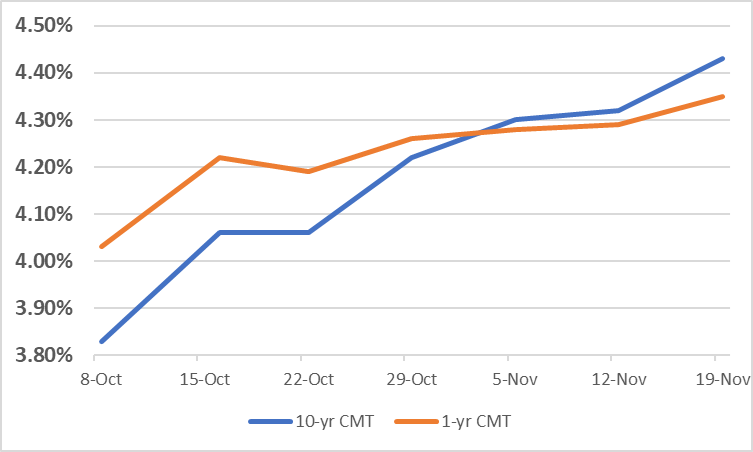People often disregard reverse mortgages as being too complex. However, I argue they are simply unfamiliar. When explained properly, borrowers can easily understand the concept of a reverse mortgage. However, the loan terms and language are unfamiliar to most existing homeowners.
Therefore, when lenders and loan originators decide to offer reverse mortgage products, the first step is to learn the terminology that makes those loan products different.
Do you speak reverse?
Let’s explore just a few of the key terms not commonly found with traditional mortgages:
Principal Limit Factors (PLF)
Traditional loan originators use the term “Loan to Value” or LTV to describe the percentage of the home’s value for which a borrower may qualify. We do not. This is because reverse mortgages take into consideration the borrower’s age and expected interest rates. Based on these two factors each applicant will have a PLF based on U.S. Department of Housing and Urban Development (HUD) tables.
Mandatory obligations
These are items that must be paid off at closing, like existing loan balances and closing costs. Reverse mortgages use this term because it may determine the amount of principal available to the borrower during the initial disbursement period. For most Home Equity Conversion Mortgages (HECMs), this is the first 12 months after closing.
Financial assessment
Reverse mortgage loans go through a unique underwriting process to determine if the loan provides a sustainable solution for the borrower and their household. We call this process financial assessment, and it involves reviewing each borrower’s credit history (not FICO score), property charge history, and residual income.
Life Expectancy Set-Aside (LESA)
Because the lender cannot require a monthly payment to build an escrow account, the lender may need to set aside a portion of the borrower’s principal limit to pay property taxes and insurance charges each year. This so-called LESA may eventually run out, at which time the borrower would be responsible for payment of those charges.
Non-recourse
All reverse mortgages in America are non-recourse, meaning the borrower and their estate will never owe more than the value of the home at the time it is sold. This should give homeowners peace of mind that they won’t be leaving their heirs with a bill if loan balances rise above the home’s value or if property values decline.
November 2024 update
Since October 8th, the 10-year CMT weekly average has increased by 60 basis points from 3.83% to 4.43% (effective 11/19/24 through 11/25/24). Remember, this added to the lender margin when calculating HECM expected rates. Unfortunately, this has resulted in lower principal limits for new applicants.

You’ll notice the spread between the 10-year and the 1-year weekly average is no longer inverted. For our purposes in the reverse mortgage space, short-term rates are lower than long-term rates for the first time since July 11, 2022. This ends the longest yield curve inversion in my lifetime.
Graphics by Dan Hultquist. This column does not necessarily reflect the opinion of HousingWire‘s Reverse Mortgage Daily and its owners.
To contact the author of this story: Dan Hultquist at dan@understandingreverse.com
To contact the editor responsible for this story: Chris Clow at chris@hwmedia.com





